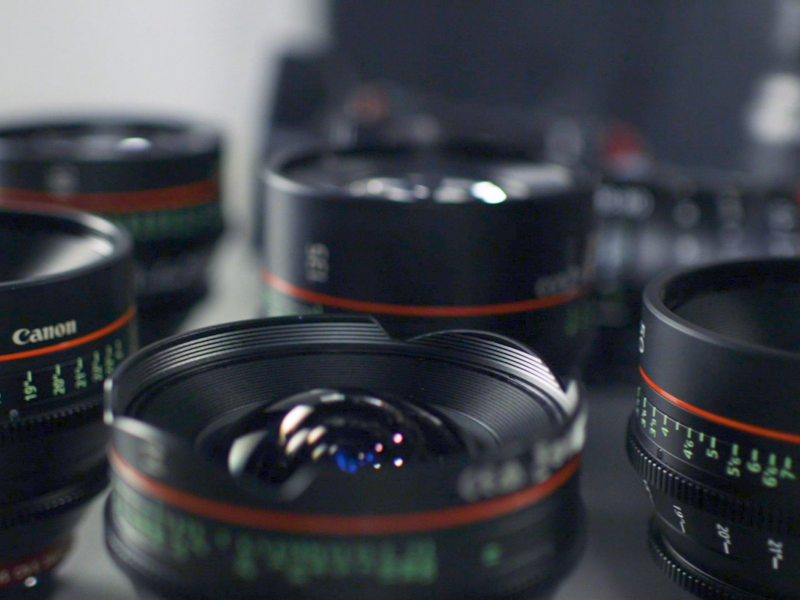A Comprehensive Guide to Lenses, Focal Lengths, and Their Variety
Introduction
In the world of photography and videography, lenses play a pivotal role in capturing stunning images and videos. Understanding lenses, their focal lengths, and the variety available can significantly enhance your creative capabilities as a photographer or filmmaker. In this comprehensive guide, we will delve deep into the fascinating world of lenses, explore the concept of focal lengths, and uncover the vast variety of lenses at your disposal.
**Chapter 1: The Basics of Lenses**
Before we dive into focal lengths and lens varieties, it’s essential to grasp the fundamentals of how lenses work.
**1.1 What is a Lens?**
A lens is a piece of optical glass or plastic designed to bend, refract, and redirect light rays. This bending of light is what allows you to capture images on your camera’s sensor or film.
**1.2 Lens Elements and Groups**
Lenses consist of multiple lens elements, often organized into groups. These elements and groups work together to focus incoming light onto the camera’s sensor or film plane.
**Chapter 2: Understanding Focal Lengths**
Focal length is a fundamental property of a lens that greatly influences how an image appears. Let’s explore this concept in detail.
**2.1 What is Focal Length?**
Focal length is the distance between the lens’s optical center and the camera’s image sensor when the subject is in focus. It is typically measured in millimeters (mm).
**2.2 The Relationship Between Focal Length and Field of View**
Understanding how focal length affects your field of view is crucial for composing your shots effectively. Shorter focal lengths (wide-angle) offer a broader field of view, while longer focal lengths (telephoto) provide a narrower, magnified view.
**2.3 Prime vs. Zoom Lenses**
Discover the key differences between prime and zoom lenses and when to use each type based on your photographic needs.
**Chapter 3: Types of Lenses**
Now that you have a solid understanding of focal lengths, let’s explore the wide variety of lenses available to photographers and videographers.
**3.1 Wide-Angle Lenses**
Wide-angle lenses, often with focal lengths under 35mm, are perfect for capturing expansive landscapes and immersive interior shots.
**3.2 Standard Lenses**
Standard lenses, usually with focal lengths between 35mm and 85mm, provide a perspective close to the human eye, making them versatile for various scenarios.
**3.3 Telephoto Lenses**
Telephoto lenses, with focal lengths exceeding 85mm, are ideal for zooming in on distant subjects, such as wildlife, sports, or astrophotography.
**3.4 Macro Lenses**
Explore how macro lenses excel at capturing intricate details and tiny subjects, making them essential for close-up photography.
**3.5 Fisheye Lenses**
Fisheye lenses offer a unique, distorted perspective that can create captivating and surreal images.
**3.6 Tilt-Shift Lenses**
Discover how tilt-shift lenses allow you to control perspective distortion and create stunning miniature or architectural photos.
**Chapter 4: Lens Selection Tips**
Choosing the right lens for your photography or videography project is crucial. Here are some valuable tips to guide your selection process.
**4.1 Identify Your Photographic Style**
Understanding your preferred style, whether it’s portraits, landscapes, or macro photography, will help you narrow down your lens choices.
**4.2 Consider Your Budget**
Learn how to balance your lens needs with your budget and explore options such as prime lenses, third-party brands, and used equipment.
**4.3 Weight and Portability**
Consider the weight and portability of a lens, especially if you’re frequently on the move or shooting in challenging environments.
**4.4 Compatibility with Your Camera**
Ensure that the lens you choose is compatible with your camera’s mount and sensor size.
**Chapter 5: Lens Care and Maintenance**
Keeping your lenses in top condition is essential for achieving the best results in your photography and videography endeavors.
**5.1 Cleaning Your Lens**
Learn how to safely clean your lens to remove dust, smudges, and fingerprints without damaging the delicate glass surfaces.
**5.2 Protecting Your Lens**
Discover the importance of lens hoods, filters, and lens caps in safeguarding your investment from potential damage.
**5.3 Storing Your Lenses**
Find out how to store your lenses properly to prevent mold, fungus, and other damage.
Conclusion
Lenses are the eyes of your camera, and understanding their intricacies, focal lengths, and varieties can unlock endless creative possibilities. Whether you’re capturing breathtaking landscapes, intimate portraits, or microscopic wonders, the right lens choice can make all the difference. Armed with this comprehensive guide, you’re now equipped to explore the world of lenses and take your photography and videography skills to new heights. So, grab your camera and lens of choice, and let your creative journey begin!






